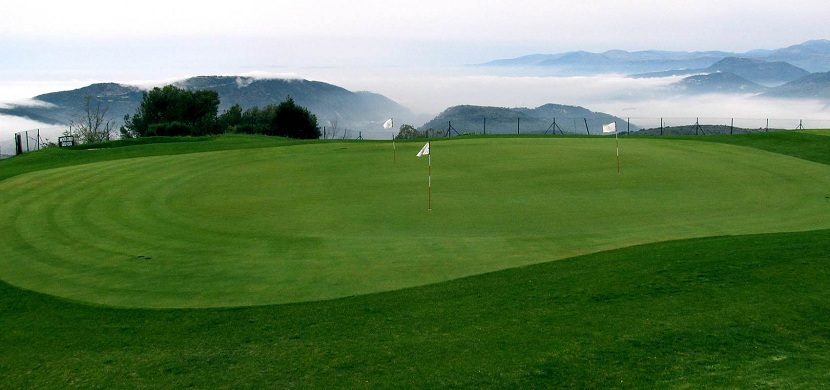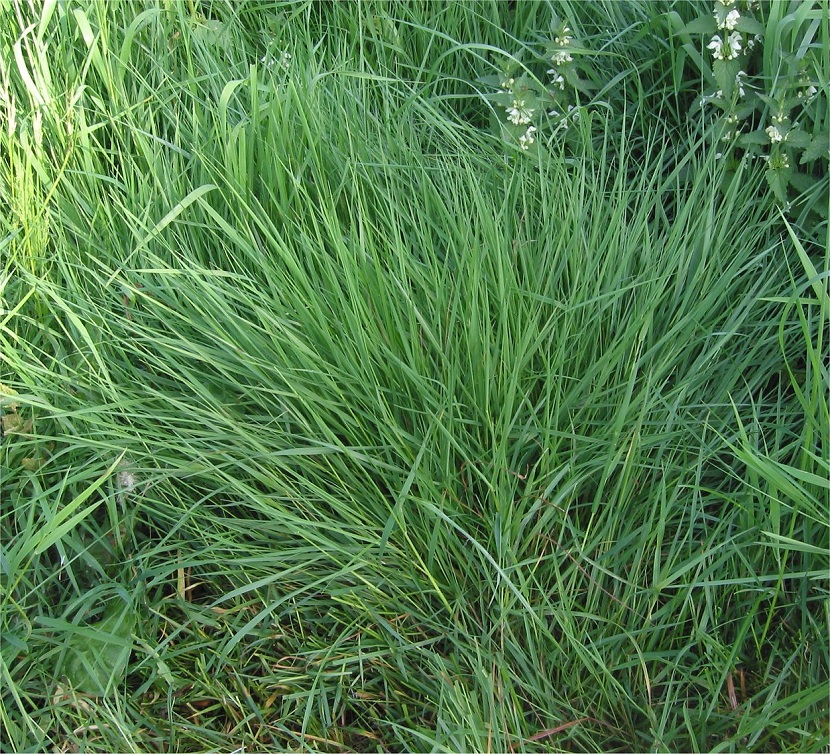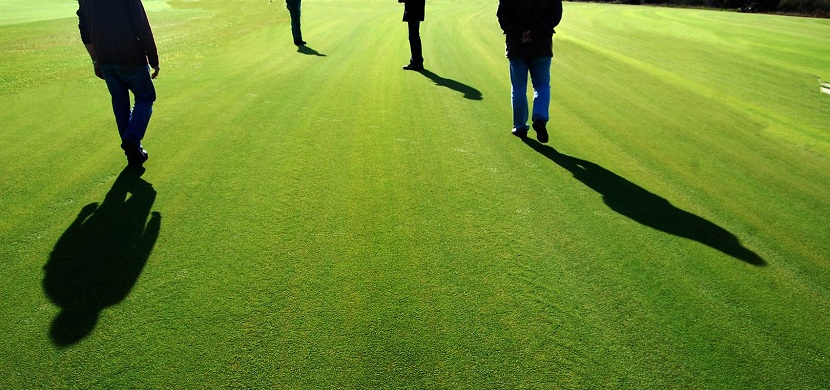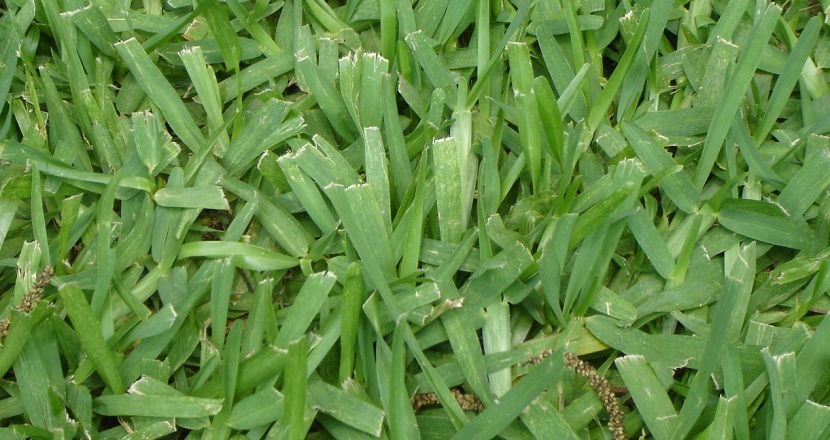
Today we are going to talk about a type of grass that grows mainly in temperate zones and that is well known and appreciated for having a good coverage of the ground. Its about Creeping bentgrass. It has a low, compact appearance and has many buds that make it possible to cover quite a few areas of a field completely. This is what makes it so well known to all. It belongs to the Poaceae family that has more than 100 species of herbs. Most of the species of the Poaceae family are perennial, so they will help keep the lawn active throughout the year.
If you want to know more about Agrostis stolonifera, In this post we are going to explain all its characteristics and how you should take care of it so that it lasts as long as possible.
Key features

It is a type of grass widely used to cover meadows and surround golf courses and gardens that are quite exclusive. It is quite in demand for having both a good aesthetic quality and a high performance when it comes to care. Its main use is ornamental and, depending on the use that is going to be given and the type of cut that is going to be made, it can be used alone or combined with another species to to be able to get a lawn that is much easier to care for all year round.
It is mainly characterized by having a series of relatively open inflorescences. It has some small spikelets that are located on whorled peduncles on their axis. It also has some glumes that are roughly equal in size to each other. The glumes are sterile sheaths that are seen in almost all plants belonging to the Gramineae, Poaceae, and Sedge families.
The leaves of this species are quite sharp and flat, which causes that when it is cut it usually produces small cuts in the skin. These leaves are bluish-green and have a fairly short ligule without atria. The stems are creeping and their roots are knobby. As for their flowers, they usually grow in loose panicles and there is one flower for each spikelet. The seed of Creeping bentgrass it is quite small. In fact, in order to get a gram of seeds from this species of grass about 15.000 seeds are needed.
Its harvest is somewhat more difficult, which raises the price in the market. Flowering occurs between the months of June and August.
Habitat and reproduction of Creeping bentgrass

The natural state, this plant is native to Europe and it can be found abundantly in the Spanish grasslands. We can also find it in Brazil, Argentina and some parts of North America. They have a good ability to withstand cold and excess humidity so it can survive some floods or be able to live near the banks of rivers.
As a result, it can grow in open woodlands, rough grasslands, on roadsides, some vacant lots, hedges, and as a weed on some farmland. As for the soil, we can see that it is distributed in an area where the soils are medium poor and acidic. It is a very palatable plant for livestock.
For this plant to reproduce correctly, the soil needs to be suitable and fine-grained. The most recommended temperature, even if it is able to withstand the cold, it is between 20 and 30 degrees. When sowing the Creeping bentgrass, it is better to wait for the beginning of summer or autumn. If the environmental conditions are appropriate, it can grow in just 15 days after planting.
It is a species that needs many hours of light a day and humidity. The most optimal thing is to get it to have about 16 hours of light. Its reproduction cycle is quite long and is achieved between the months of April and September. The largest amount of seeds that can be collected is made in July.
Uses of Creeping bentgrass

It is a species with great forage interest, although it is not palatable for sheep, but it is for cattle. It is effective in poor soils so it can survive some fires, as it preserves its rhizomes and seeds.
Among the most common uses that we find is to cover golf courses. It is a fairly invasive plant and can create a mat that almost perfectly covers the entire ground where it is planted. Despite their ornamental beauty, they are not used due to their high maintenance costs.
It must be borne in mind that, although it may be in the dry season, this lawn needs a large amount of water on a daily basis. In addition, it is necessary to add fertilizer and control the different pests by which it can be attacked. Only with these strict cares can we see all its beauty to the fullest. Due to these high maintenance requirements, it is not advisable to use for gardens even though it provides excellent coverage.
The vast majority of lawns with great ornamental value have Agrostis species in their mix. It can be used either alone or with other grass species. We must remember that it is affected by the high temperatures of summer, so we must increase watering even more. It does not tolerate shade or heavy trampling at all.
To maintain it, we must mow it quite low. The most recommended is to leave it with only one or two cm. You have to mow it 2 or 3 times a week in summer. In this way, we guarantee that it can better survive drought. To make the most efficient cut possible you should use a helical mower.
It is advisable to use some preventive fungicides in the moments of greatest risk, which are usually in spring and summer. Nor is it advisable to sow during the months of intense heat.
I hope that with this information you can learn more about the Agrostis stolonifera.